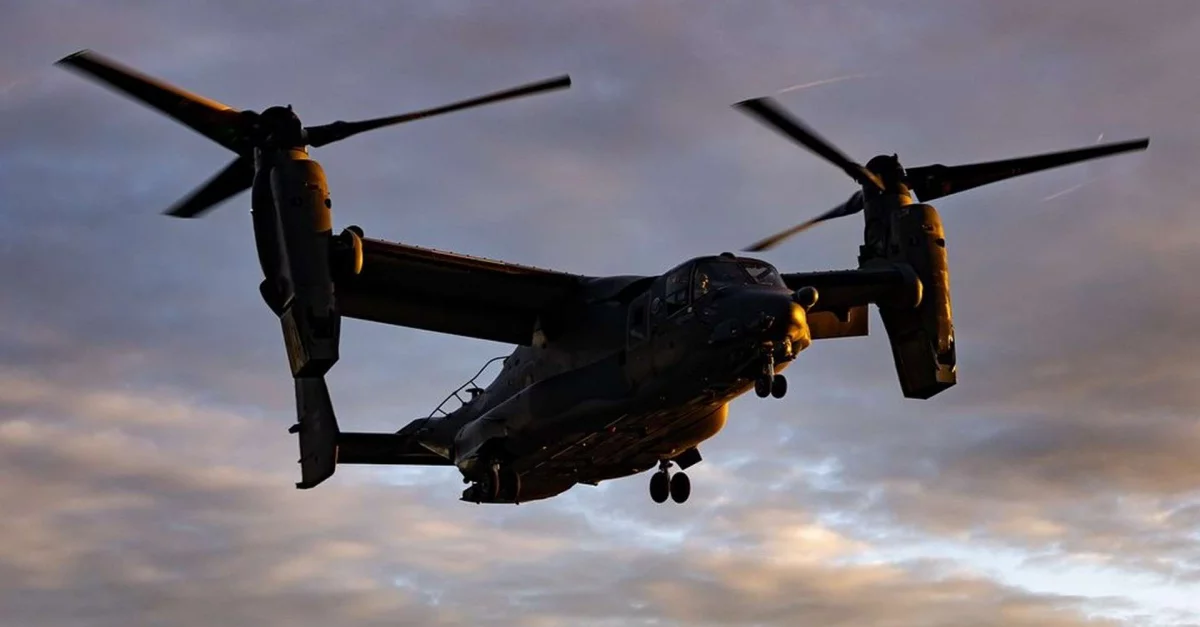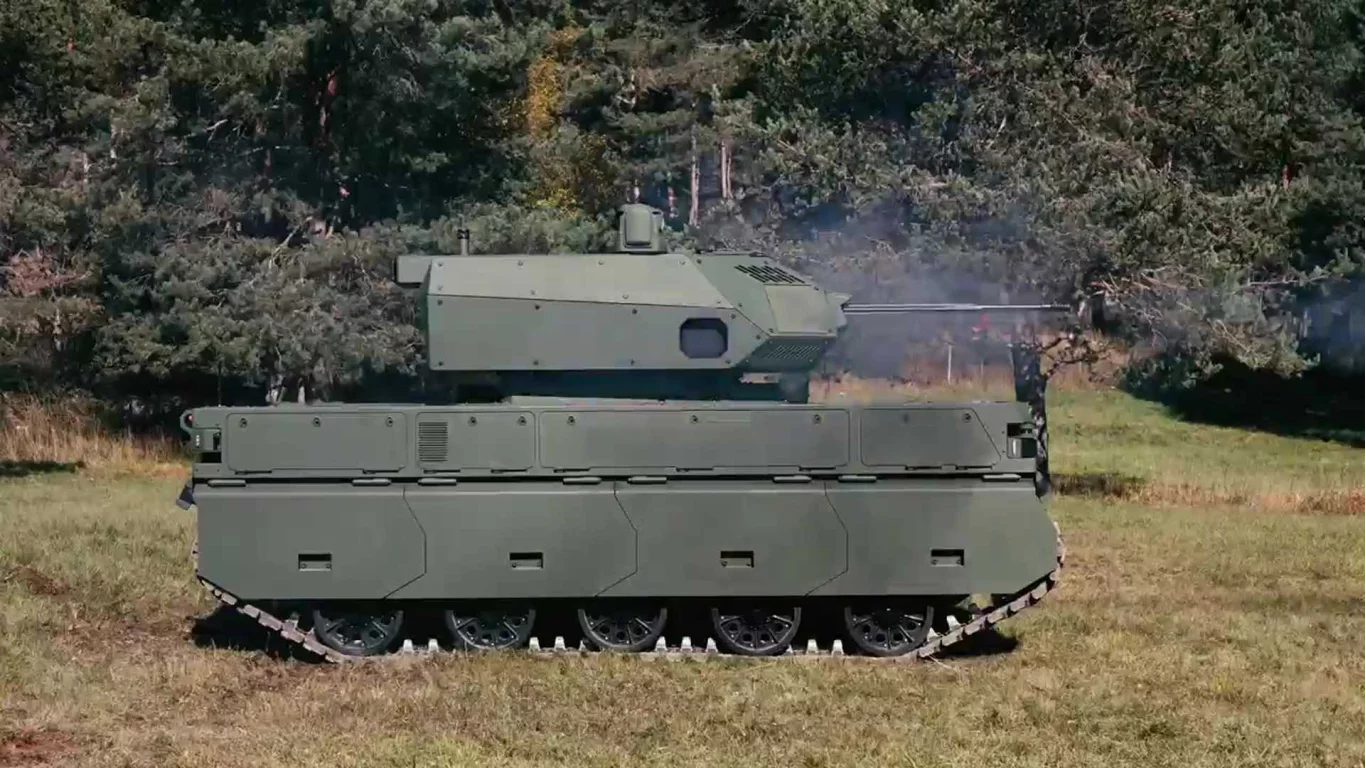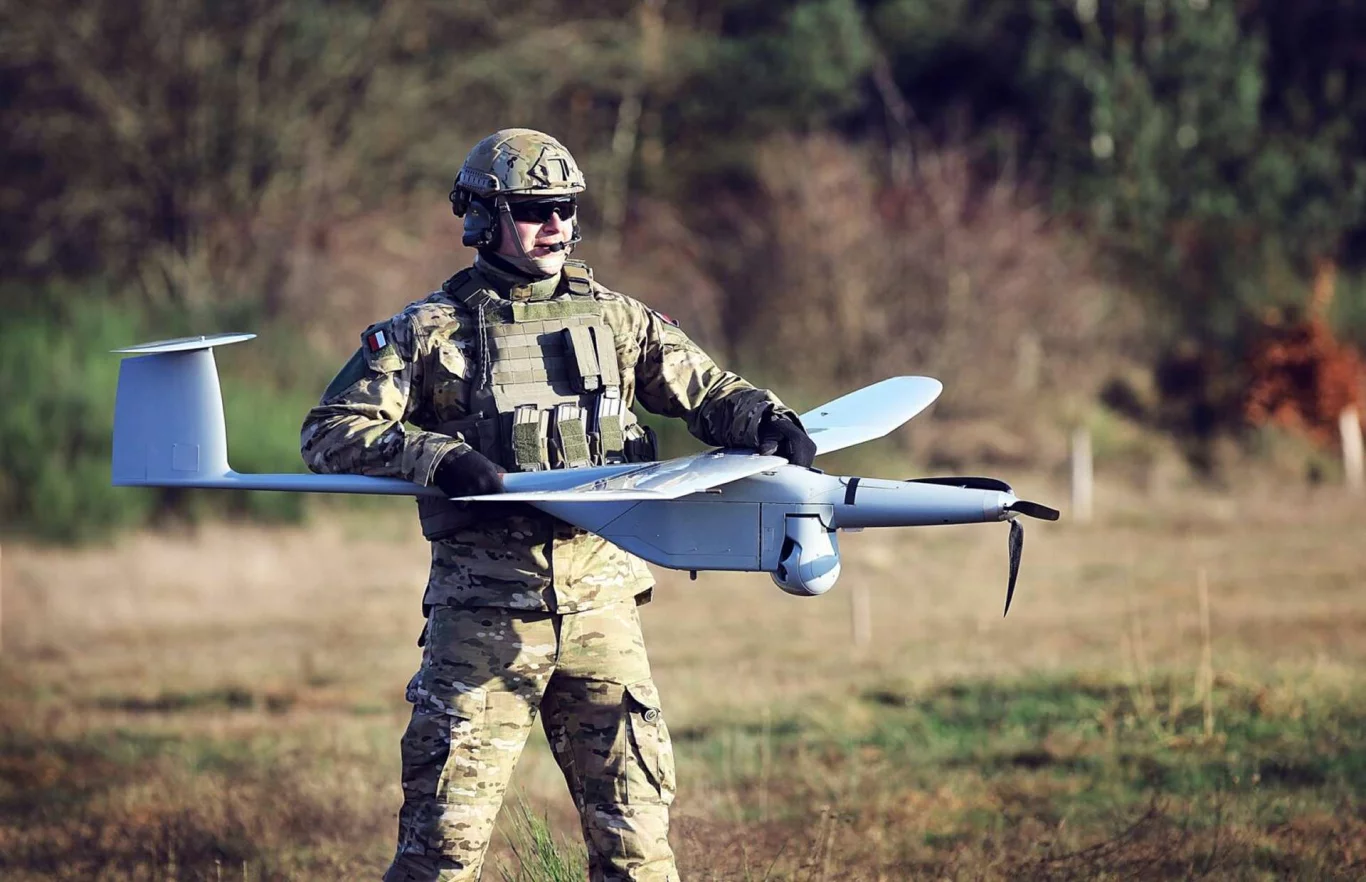The U.S. military is flexing its most exotic airframe in two wildly different corners of the globe at once, and the timing couldn’t be more loaded. On one front, CV-22B Osprey tiltrotors from the elite 352d Special Operations Wing are dropping Swedish Army rangers into snow-swept fields during Exercise Adamant Serpent. On the other, unannounced MV-22B flights are crisscrossing the Caribbean from Puerto Rico, buzzing within striking distance of Venezuela’s coastline. Coincidence? Hardly. This synchronized tiltrotor surge screams a single doctrine: ultra-rapid, theater-agnostic infiltration is now the name of the game—and the Osprey is the battering ram.
Let’s start in the frozen north, where the mercury barely climbs above zero and NATO’s northern flank is feeling the heat from an increasingly assertive Russia. Exercise Adamant Serpent, orchestrated under U.S. Special Operations Command Europe (SOCEUR), isn’t just another bilateral photo-op. It’s a full-spectrum rehearsal for inserting small, lethal teams deep behind contested lines in sub-Arctic hellscapes. Official NATO imagery released on October 25, 2025, shows a 352d SOW CV-22B touching down in a windswept Swedish meadow, rotor wash kicking up ice crystals as K 4 Norrland Dragoon Regiment rangers spill out in perfect choreographed silence. These aren’t conscripts; they’re Arctic-hardened pros from Sweden’s Army Ranger Battalion, trained to patrol for weeks in −40 °C, live off the land, and call in precision strikes before vanishing into the whiteout.
Pairing them with the Osprey is a masterstroke. The CV-22B isn’t a helicopter—it’s a hybrid beast that lifts vertically like a helo, then tilts its nacelles forward to cruise at 240 knots, double the speed of a Black Hawk. That means a team launched from RAF Mildenhall can refuel over the North Sea via MC-130J tankers, skim treetops using terrain-following radar, and drop rangers 500 nautical miles inside the Arctic Circle before the enemy’s morning coffee gets cold. Add low-level routing, infrared suppression, and a cockpit stuffed with electronic warfare suites, and you’ve got a platform that laughs at SAM umbrellas and GPS jamming. Adamant Serpent isn’t just training; it’s stress-testing a concept of operations that could turn the GIUK gap or the Kola Peninsula into a NATO playground overnight.
Zoom out, and the European drill is only half the story. Down in the Caribbean, open-source flight trackers lit up like a Christmas tree on October 26. Multiple MV-22B Ospreys—Marine Corps variants—were logged departing Roosevelt Roads, Puerto Rico, conducting what the Pentagon blandly calls “routine theater familiarization.” Local spotters caught them skimming wave tops near Aruba, Curaçao, and the Los Roques archipelago, all within 300 nautical miles of Venezuela’s heavily militarized coast. No press release. No NOTAMs. Just the distinctive twin-rotor silhouette slicing through tropical haze, sometimes escorted by KC-130J tankers loitering at 20,000 feet.
This isn’t random joyriding. The Marines’ V-22 fleet is the connective tissue for expeditionary advanced base operations (EABO), the Corps’ hot new doctrine for seizing and holding key maritime terrain. Picture this: USS Gerald R. Ford, freshly deployed to the Southern Command AOR, launches F-35Cs to suppress coastal radars. Meanwhile, Ospreys leapfrog from amphibious assault ships to captured airstrips on ABC islands, inserting Marine Raider teams to guide hypersonic strikes or snatch high-value targets. The same airframe that dropped Swedish rangers into Lapland snowdrifts can now insert Force Recon Marines onto a Venezuelan cay in under 90 minutes. One platform, two hemispheres, zero learning curve.
Dig into the Osprey’s DNA, and the strategic logic crystallizes. Bell-Boeing’s tiltrotor isn’t cheap—each airframe runs north of $70 million—but it collapses the tyranny of distance like no other vertical-lift platform. Official fact sheets boast a 2,100-nautical-mile ferry range with auxiliary tanks, aerial refueling compatibility, and a foldable wing/rotor system that lets it squeeze onto L-class ships. In Afghanistan, Ospreys inserted Delta Force teams 400 miles behind Taliban lines in a single bound. In Africa, they evacuated embassies while under fire. Now, the Pentagon is scaling that same playbook across two oceans simultaneously, sending a crystal-clear message: if you’re within 500 miles of salt water or a friendly airfield, Uncle Sam can put boots on your doorstep before your early warning radar spins up.
On the Swedish side, the partnership is equally calculated. The K 4 Norrland Dragoons aren’t just hardy ski troops; they’re a national strategic asset, capable of operating autonomously for weeks in the planet’s most unforgiving environment. Their 31st Ranger Battalion has trained with U.S. Green Berets since the early 2000s, mastering everything from long-range reconnaissance to sabotage of Russian rail lines feeding the Northern Fleet. When you mate their Arctic craft with the Osprey’s reach, you get a denial capability that can seed the entire Barents region with sensor teams, anti-ship missile crews, or sabotage cells—quietly, quickly, and with zero logistical tail.
Flip to the Caribbean, and the stakes skyrocket. Venezuela’s Maduro regime sits atop the world’s largest proven oil reserves while its military crumbles under sanctions and corruption. Yet Caracas still fields S-300VM batteries, Su-30MK2 fighters, and a coastal defense brigade bristling with Club-M missiles. Any conventional amphibious assault would be a bloodbath. Enter the Osprey. A single MV-22B can haul a reinforced Marine rifle squad plus a pair of Javelin teams, infiltrate at 50 feet above the waves, and exfil before the sun rises. Stage a dozen from Puerto Rico or Curaçao, and you can paralyze Venezuela’s command nodes in Caracas, shut down the Amuay refinery, or secure the Orinoco mining belt before the Venezuelan General Staff finishes their first rum.
Critics will cry “gunboat diplomacy,” but the Pentagon’s moves are textbook deterrence. Russia’s Northern Fleet is conducting its largest Arctic exercise since the Cold War. Iran is shipping drones to Venezuela. China’s “research” ships are mapping Caribbean seabeds. In that context, Osprey drills aren’t provocation—they’re insurance. The same tiltrotor that reassures Stockholm that NATO can reinforce the High North in hours also reminds Caracas that regime change, humanitarian corridor, or counter-drug raid can arrive without telegraphing a carrier battle group.
Zooming out further, the dual-theater Osprey surge reveals a U.S. military that has finally internalized the lessons of hybrid warfare. Speed trumps mass. Access trumps territory. The Osprey is the physical manifestation of that shift: a Swiss Army knife that can insert a Swedish ranger platoon into a blizzard or a Marine sniper team onto a Venezuelan rooftop with equal ease. It’s not about invading Sweden’s Lapland or occupying Caracas tomorrow; it’s about compressing the decision loop so tightly that adversaries never get a vote.
The 352d Special Operations Wing doesn’t brag, but its patch—a dagger piercing a tiltrotor silhouette—says everything. From RAF Mildenhall to Roosevelt Roads, the message is identical: the era of lumbering amphibious armadas and predictable airheads is over. If you hear the distinctive whine of proprotors at 3 a.m., it’s already too late.




